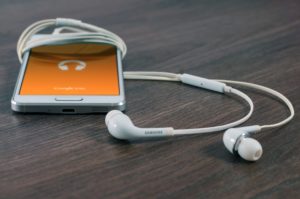Hearables: Affordances, Usability, and Design

“Hearables” are wearable computer interfaces designed to be mounted on or inside of the ear. Due to their “hands-free” and “eyes-free” nature, hearables offer a number of unique affordances for human computer interaction. Our research investigates and evaluates the usability, reliability, and utility of the constituent hardware and software technologies embedded within hearables. In particular, the AP lab is interested in health-related sensor data obtained from hearables, and the potential that this data might provide to both patients and their care providers.
If you are interested in learning more about hearables, or would like to know more about participating in user surveys and product trials, please contact us via email: mail@ap-lab.ca
Affective Computer Generated Speech

Intelligent personal assistants (such as Apple’s Siri, Google Now, or Amazon’s Echo) represent an new generation of audio-based human computer interaction. While there are many limitations of intelligent personal assistants (IPAs), one limitation in particular pertains to “emotionless” speech. Human speech is highly expressive not only due to our vocabulary and ability to develop contextual information, but also due to a rich set of tone of voice cues we employ to nuance semantic meaning (see the example below). The AP Lab is interested in utilizing user input (affective voice recognition, bio-signals, etc.) to adapt and shape the tone of voice used by IPA’s to create more natural user interactions.
Emotionless Computer Generated Speech
Affective Computer Generated Speech